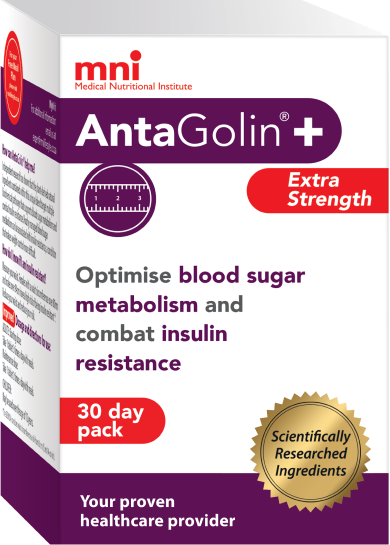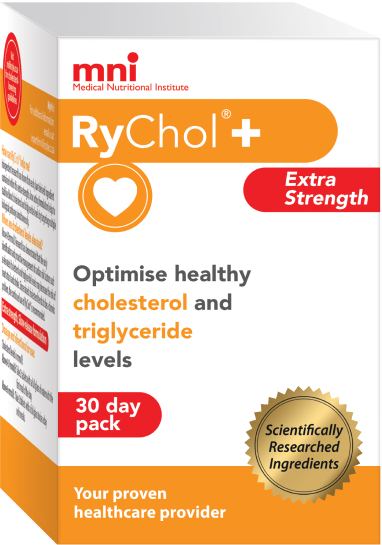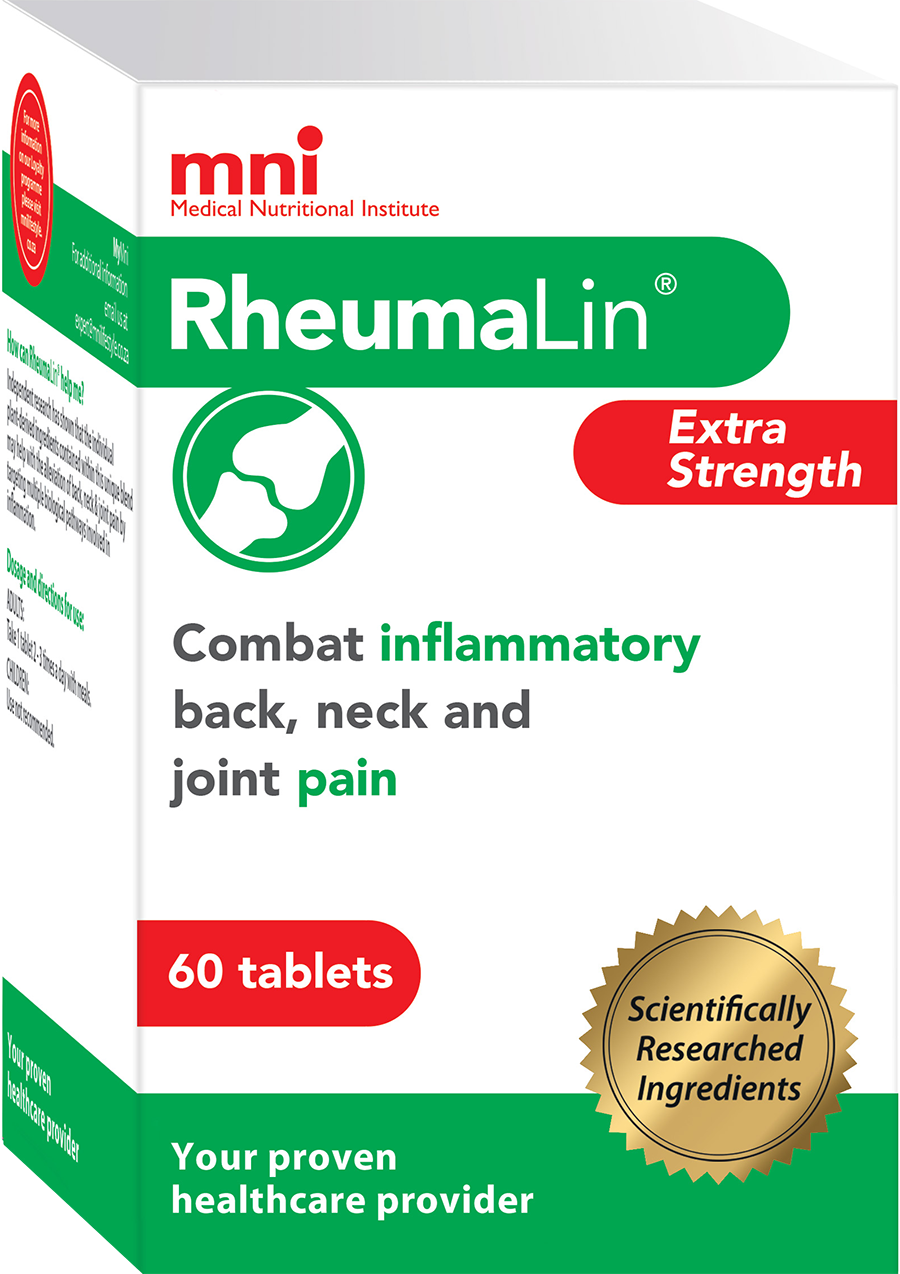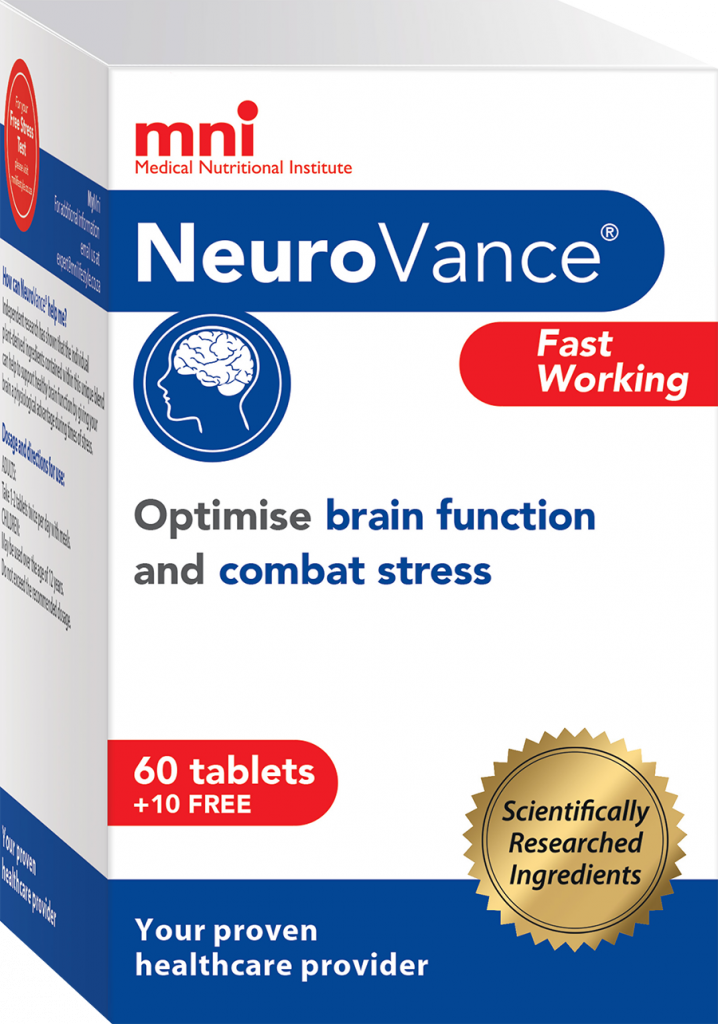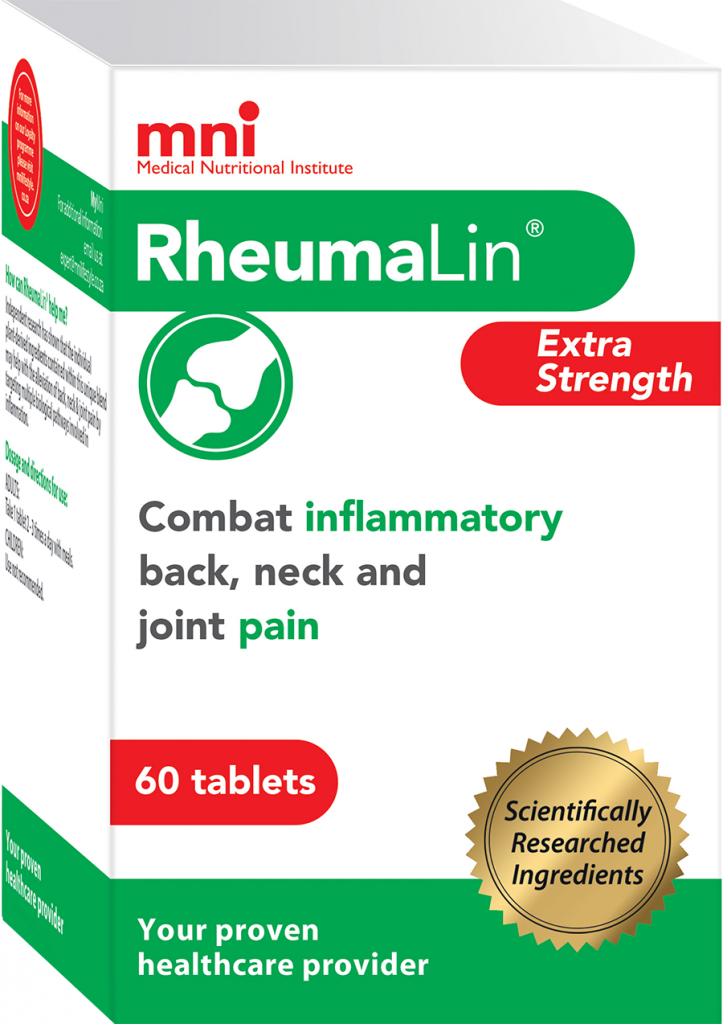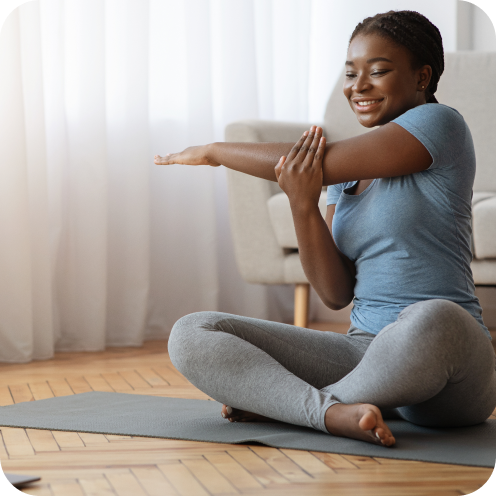What causes neck pain?
Both acute and chronic neck ache is caused by inflammation, a biological process that is initiated and controlled by several different biochemical signalling pathways within the body. Whilst a painful or stiff neck is a common condition that affects up to two-thirds of the general population at some stage of their lives, repetitive or recurrent bouts of neck pain may also indicate that inflammation could slowly be causing permanent, structural damage to the neck. If this is allowed to happen, acute neck pain will become a chronic, permanent feature. In the latest Global Burden of Disease study (GDB 2013), chronic neck pain is ranked the fourth biggest cause of chronic disability in the world, suggesting that early treatment and prevention are too often neglected
Where does neck pain originate from?
The neck consists of several different tissue types which can each be a source of pain. These are:
- Vertebrae – segments of bone stacked upon each other that provide strength and structure.
- Intervertebral discs – circular pads of pliable soft tissue situated between the vertebrae. These allow for flexibility in all directions.
- Ligaments – fibrous bands which keep the vertebra in place.
- Nerves (spinal chord) – runs along the spinal column and branches off between each vertebra. These pass information from the brain to the rest of the body.
- Muscles – situated on the sides and behind the vertebrae.
- Facet joints – small joints covered by cartilage that allow the vertebra to rotate upon each other.
Importantly, all of these tissues can activate the sensation or perception of pain, both individually and in combination. Effective treatment is therefore highly dependent on identifying the exact source of pain, and extremely important as some tissues may be irreversibly damaged by inflammation. For example, whilst muscles are able to recover from inflammation with ease, inflammatory damage done to the intervertebral discs can become a real and permanent problem.
What is the most common cause of acute neck pain?
- Muscle inflammation
Whilst most muscles in the body completely relax when they’re not being used, others, called ‘anti-gravity muscles’, work continuously to maintain your posture. A large proportion of muscles in your neck are of this kind, and so are always tense to prevent your head from flopping over. This gives your neck muscles very little time to relax and often contributes to chronic pain, as there is insufficient opportunity to recover. Painful muscle inflammation can be caused by several mechanisms, including sprains, strain, poor posture, falling asleep in an awkward position, or whiplash injury. Another common cause is the use of a computer for prolonged periods of time, which can contribute to chronic muscle spasm and pain. Additionally, anxiety and stress commonly cause increased muscle tension and pain in your neck muscles.
How does muscle inflammation trigger headaches?
A tension headache, also known as a tension-type headache, originates from the neck and radiates around the head in a band like a manner where it creates a frontal, nagging, and pressing headache. Tension-type headaches are the most common form of a headache and account for nearly 90% of all headaches. In the majority of cases, neck muscle inflammation and spasm are the most frequent triggers that both causes and aggravates tension type headaches.
What are the most common causes of chronic neck pain?
- Spondylosis or disc prolapse
Spondylosis is a collective term used to describe the combined effects of several degenerative processes that progressively start to affect the spine. It usually begins in one or more of the intervertebral discs situated between the vertebrae and then spread to surrounding tissues such as ligaments, joints, and bones. Besides causing local pain, an inflamed intervertebral disc may progressively become weakened through continual enzymatic activity caused by inflammation. This corrosive activity makes the disk increasingly more prone to future damage and even collapse. A collapsed disk may cause direct pressure on the nerve roots as they exit the spinal cord between each vertebra, causing a referred pain syndrome during which pain radiates down the shoulder or arm. Tingling or pins and needles are also common symptoms, whilst in a more advanced state, weakness and loss of sensation may occur within the hands or arms. - Osteoarthritis
This is a common condition that mainly affects the integrity of the cartilage, especially as one becomes older. Osteoarthritis mostly affects the small facet joints between the vertebrae, as they are the only cartilage containing structures in the neck. Importantly, the presence of osteoarthritis in the neck is commonly associated with the presence of several other inflammatory conditions, such as spondylosis, where protein containing structures in the spine are simultaneously degraded. Since the neck is predominantly protein-based, these cumulative effects can cause severe impairment and chronic disability over time.
How is neck pain treated?
- Step 1 – the alleviation of acute pain to improve the quality of your life and help you to remain functional and productive.
- Step 2 – the implementation of preventative self-help strategies to protect you from the permanent structural damage that chronic inflammation may cause to your neck.
Acute pain management for acute neck ache and tension-type headaches
- Anti-inflammatory drugs (NSAID’s) – these are good options to assist with acute pain. However, they should all be used with caution over the long-term, since as a class, these drugs pose a significant side-effect risk relating to cardiovascular, gastrointestinal and kidney disease. (Ask your doctor or pharmacist for advice).
- Analgesics – paracetamol (acetaminophen) and opiates or opiate derivatives are often required to help alleviate acute pain. These drugs serve as symptomatic relief, lowering the sensation of pain, but do not combat the underlying cause. Opiates may cause drowsiness, constipation and addiction. (Ask your doctor or pharmacist for advice).
- Hot or cold packs – applying a heat pack to your neck can help to ease the pain. You can use a microwavable heat pad or a hot-water bottle. Heat dilates the blood vessels which improves blood supply to the blood takes to the back and helps to reduce muscle spasms. Heat also alters the sensation of pain. (Some find cold packs offering better relief – for example, a bag of frozen peas).
- Rehabilitation therapies – physiotherapy, biokinetics or chiropractic therapy may prove helpful. A good massage may also assist.
Preventative self-help strategies:
By preserving the integrity and mobility of your neck you are in turn protecting it from the consequences of chronic inflammatory damage over time. Judging from the number of people in the world who become permanently disabled from chronic neck pain, these easy to implement but important strategies will likely prove one of the most worthwhile investments in your overall health.
- Stretch your neck
Stretching is a form of physical exercise during which a contracted, tight, or painfully stiff ligament or muscle group is deliberately lengthened in order to improve its elasticity and achieve a more relaxed tone. When done properly, this results in a more comfortable feeling of increased muscle control, flexibility, and range of motion. Regular stretching is an excellent way to alleviate muscle inflammation and pain. This is achieved by gently stretching your neck muscles as you tilt your head up and down, and rotating your head by looking far right and far leftover your shoulders. - Strengthen your neck muscles with exercise
Although exercise is usually not advisable for acute back pain, proper exercise can help ease chronic pain and reduce the risk of recurrence. Modern research has demonstrated that many of the benefits of exercise are mediated through the role that muscle tissue plays as an endocrine (hormone-producing) organ. Contracting muscles release multiple substances known as myokines which promote the growth of new tissue and facilitate tissue repair. Myokines also have multiple anti-inflammatory effects, which in turn reduce your overall risk of developing various inflammatory diseases. These anti-inflammatory effects assist locally with inflammation in your neck, as well as systemically in the rest of your body. As with any physical activity, you’ll need to use some common sense when doing these. - Use supplements that naturally reduce inflammation
Various natural molecules derived from plants are highly effective in suppressing pathways involved in chronic inflammation. These generally have a low side-effect risk, making them an attractive approach when compared to other pharmaceuticals. RheumaLin™ is a novel multi-modal, a multi-target anti-inflammatory supplement that consists of two plant extracts, Boswellia bark extract and resveratrol. These naturally derived phytochemical (plant-based) compounds are widely recognised. They combat inflammation via biochemical mechanisms that are different to those of existing anti-inflammatory drugs. A large number of high-level research projects have produced strong evidence that these agents alleviate and potentially help to prevent osteoarthritis, intervertebral disc degeneration, and osteoporosis. These three separate but interlinked conditions are all caused by inflammation and are also the three predominant causes of most cases of chronic back and neck pain. Read more about RheumaLin - Manage stress better
Since any form of stress will increase the tension in the muscles of your neck and could precipitate tension headaches, you will benefit tremendously from learning how to manage stress. - Correct your posture
A bad posture especially, when sitting or reading is a common cause for neck pain. Ideally you should be sitting with your hips and knees at right angles and you should have good support for your lower back. Hardback, upright chairs or straight-backed rocking chairs are better for your posture than low, soft, upholstered chairs or sofas. Using back supports can help your posture when sitting at home, at work or in the car. If your desk is too low, so that your head is bent forward for long periods, then your neck may be stretched and you may develop muscle pain. Check the height of your desk and the design of your chair at work and at home. Many employers have occupational health specialists who can check that workstations are set up according to your needs. If you do a lot of reading, having the book or papers on a reading frame will often help to correct your posture. - Avoid periods of immobility
Keeping your head in the same position for too long may cause muscle inflammation. Take regular breaks from your desk, driving or any activity where your neck may be held in the same position for an extended period of time, or perform regular stretches during the day. - Choose the correct pillow
Your head and neck should be supported so your head is level with your body in a neutral position. Ideally the pillow should fill in the natural hollow between the neck and shoulders, – a soft or moulded pillow may be useful. A supportive roll inside your pillow case can also be introduced to support the hollow of your neck. Only use enough pillows (usually only one) to keep your head level with your body. - Check your mattress
If your mattress doesn’t give your back proper support, it can also make neck pain worse. Make sure your mattress is relatively firm – a soft mattress could mean that your neck is bent while you sleep. - Massage your neck
A regular and gentle massage of your neck will help alleviate pain and muscle inflammation.


